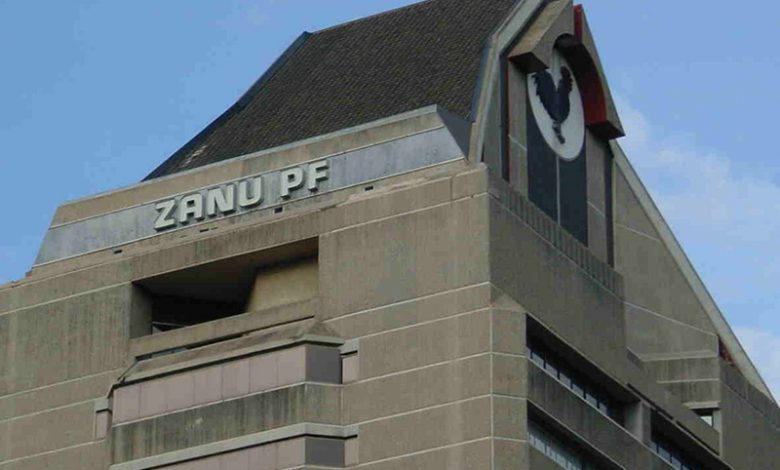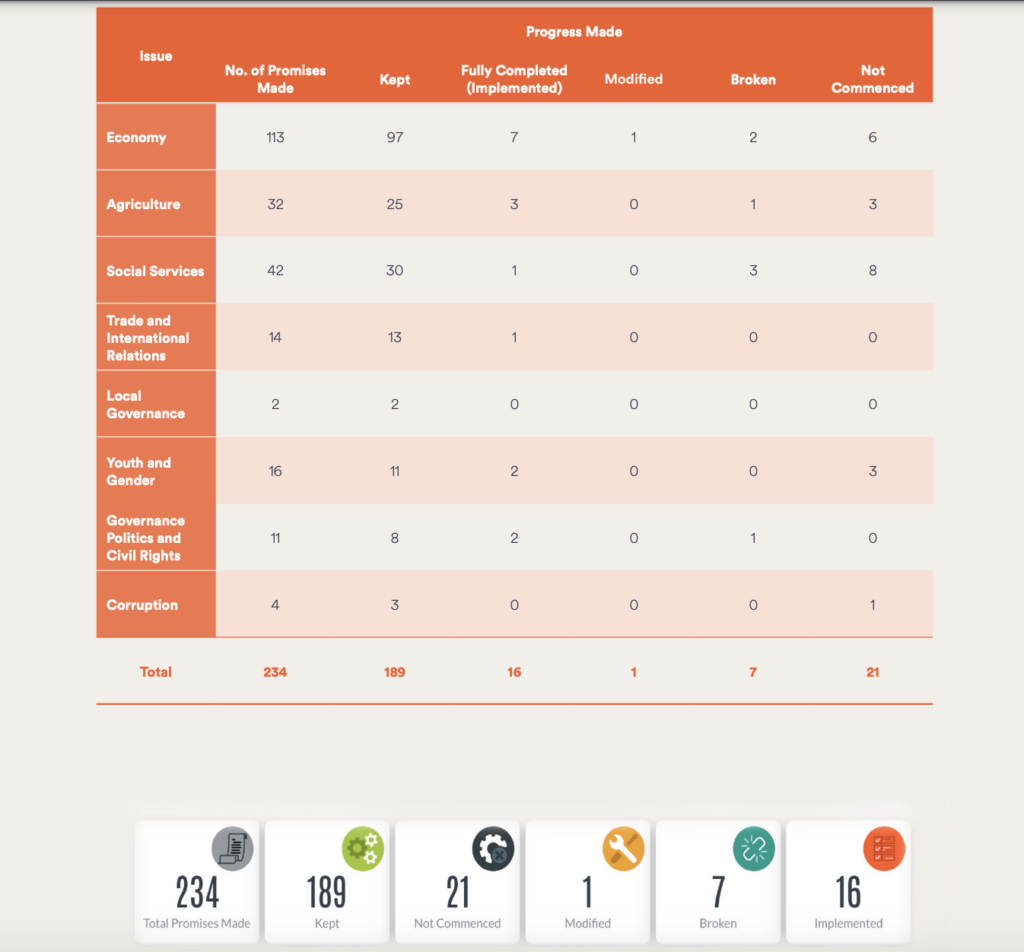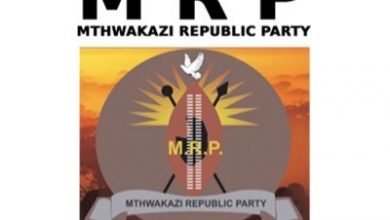Zanu PF completed only 7% of 2018 promises: Report

By Sivio Institute
In the period just before the 2018 elections, the ruling party ZANU-PF presented to the electorate its campaign manifesto entitled “Unite, Fight Corruption, Develop, Re-engage, Create Jobs”.
In the manifesto, the party made two hundred and thirty-four (234) promises which we organised around eight (8) clusters. The zimcitizenswatch.org project has been tracking the progress towards the implementation of the same promises since the inauguration of the president.
To date the government has made progress on one hundred and eighty-seven (187) promises, completed sixteen, (16) and broke seven (7). In this report, we provide an analysis of the government’s performance from August 2018 to the 5th of July 2023. We have in the past produced annual performance reports in 2020 and 2022.
The present report builds upon the previous iterations. Whilst the platform has capabilities to track performance on an ongoing basis the results always seem unfair to the government when presented as a statement of progress before the actual term has been completed. The analysis presented in this report is focused on understanding the progress made by the government in implementing the promises that were made.
It is also important to note that the analysis presented here is mostly based on tracking what the ruling party committed itself to doing and thus may not necessarily cover other concerns that citizens might have regarding the performance of their government. As already reiterated in previous reports the successful implementation of the manifesto does not necessarily lead to positive change across all sectors.
It is rather an assessment of the party’s sincerity to commit to an agenda they promised the electorate. There are many other intervening factors that determine the success or failure of a government. Table 1 and Figure 1 below provide a summary of the promises made by the government in each sector and the progress made to date in terms of implementing the promise.
Immediately after the military assisted transition, we realised that Zimbabwe could be on the brink of some significant and dramatic change beyond having a new leader in office. The government’s charm offensive was very loud and clear; here was a not-so-new suitor pretending to be new and promising us citizens a new Zimbabwe.
Social media platforms and the general mainstream media were initially not sure of what was happening, and debates, which were at times highly polarised, were the order of the day. One of the most important questions was, ‘How can we trust these guys when they were part of a government that has presided over the collapse of the country?’
Many expert opinion pieces were written to enhance the new leader as a better pair of hands around the economy, but others also sought to remind us of the past violence and how the new president was actively involved in those sordid affairs. We were back to gridlock. It was at this stage that we felt the need for a more objective and critical analysis of the not-so-new government in terms of what it was committing itself to, the actions it was taking, and issues it was neglecting, with the intention to ensure that there is an honest public discussion on progress or lack thereof.







